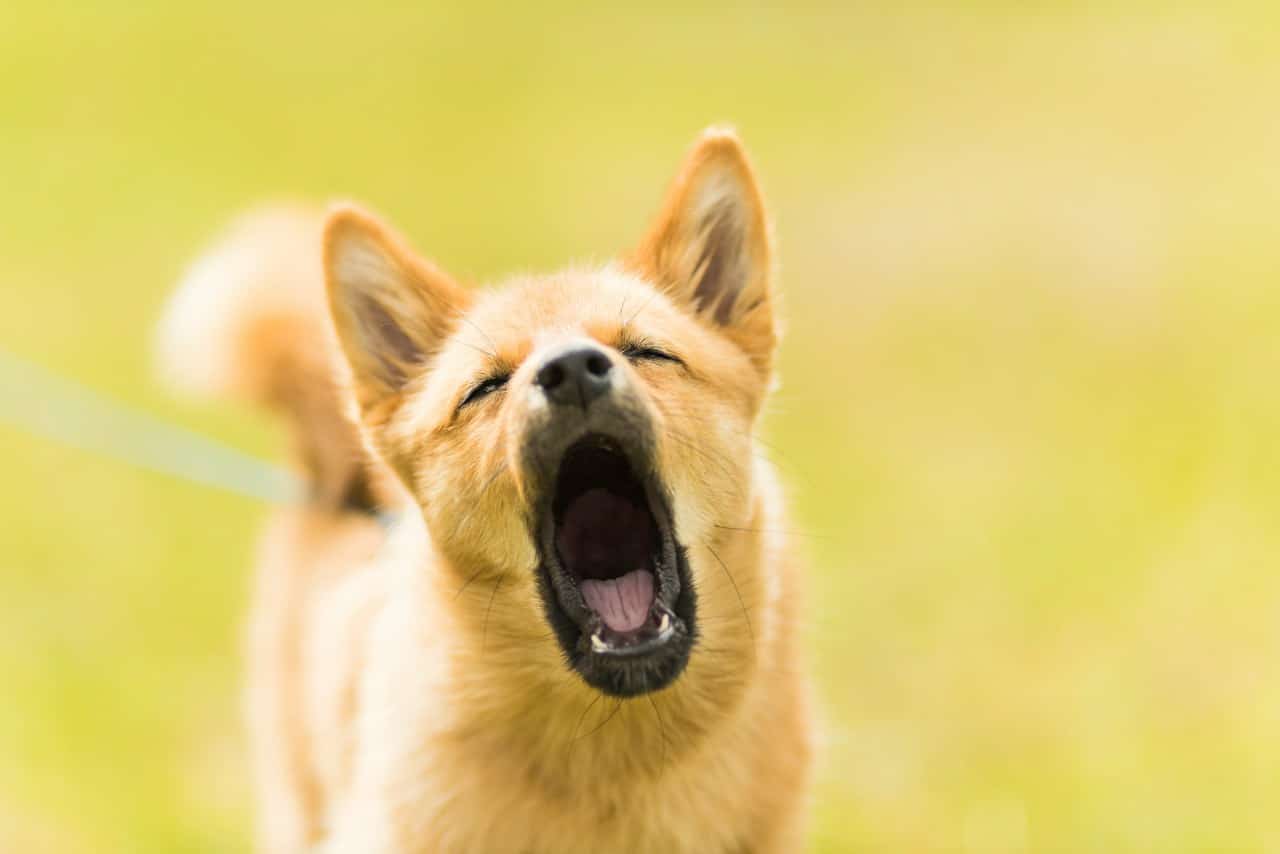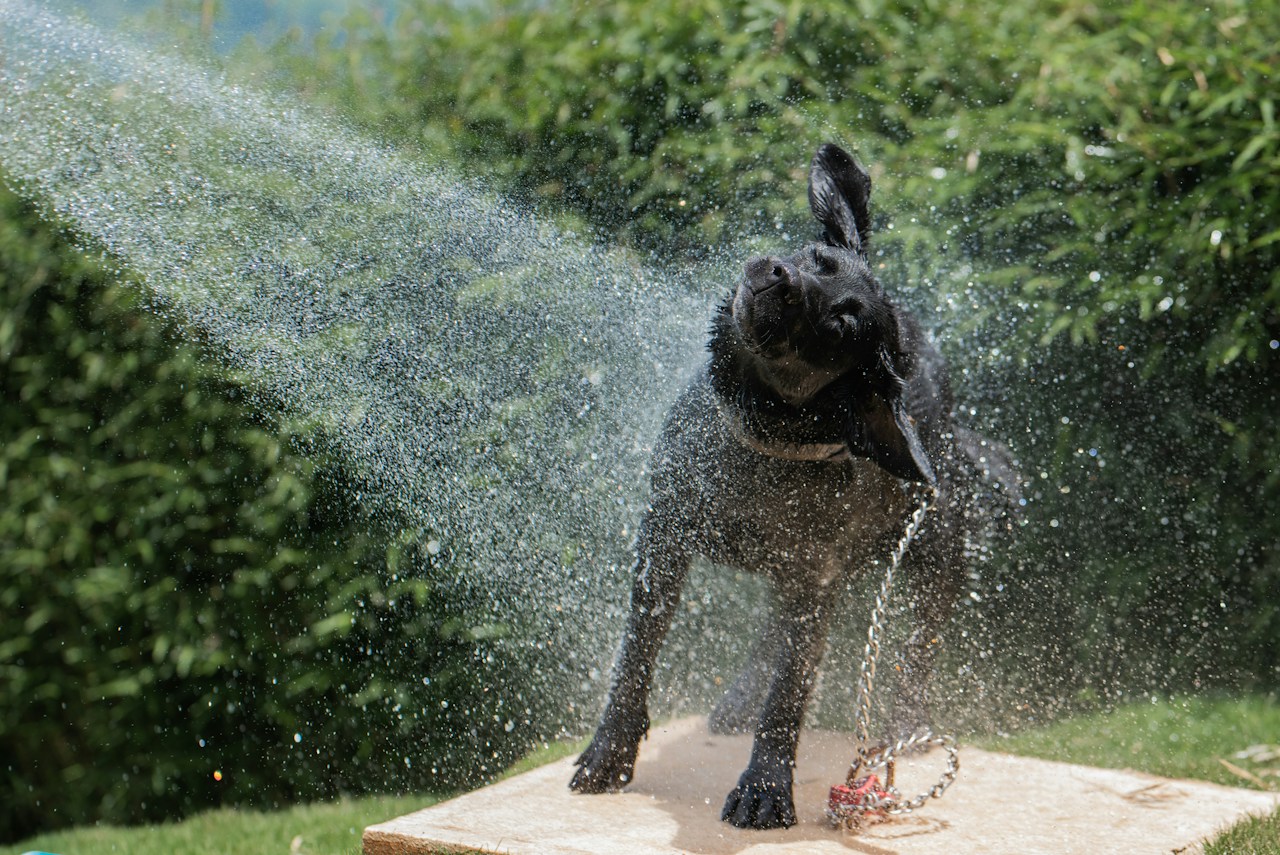This dog breed is a walking furball. It is hilarious to see him running as his fur tends to go backward. If you meet a Pomeranian with a completely white coat on a winter’s day, you might mistake him for a snowman. The Pomeranian is renowned for being an extremely affectionate dog as well as being so cute and cuddly.
The Pomeranian dog breed, also called the Pomeranian Volpino, is a mini or toy dog. Many people choose to adopt this longhaired little dog because he is hypoallergenic, very intelligent, and has a loving and noble character. Undoubtedly it is a companion who will bring joy and happiness to the family.
This Spitz-type dog has European origins, and perhaps this is why it is trendy today in countries such as Spain, the UK, and Germany.
History of the Pomeranian
The Pomerania was born in an ancient duchy called Pomerania, which was located between Germany and Poland. Unlike the current Pomeranian, the first specimens were much more extensive. They were mainly used as herding dogs and controlled sheep, cattle, and deer. The original name in German is “Zwergspitz,” which, translated literally, means dwarf Spitz.
It was also popular in Russia and Siberia, where it was used as a tow dog for a short time. There is little specific information, but the Pomeranian is thought to have been very widespread and popular in several European areas and the United Kingdom.
It became popular in Ancient Greece and then in Rome: it was the favorite dog of high-ranking ladies. At that time, selecting individual specimens for breeding began: a small breed with an affectionate and kind behavior was sought, with a different character from what it originally had, when used to ward off wolves. Similarly, specific colors were selected.
Physical characteristics of the Pomeranian
The Pomeranian is a European Spitz-type dog, accepted by the FCI within-group V: Spitz-type and primitive type dogs.
Unlike the ancient Pomeranians, which weighed around 23 pounds, the current breed standard dictates that they weigh between 1.8 and 2.5 pounds, so this is a toy or mini dog.
The dog is quite long and soft, so it is essential to comb him regularly. Currently, the puppy cut is the most common and gives it a unique and lovely appearance. Many people claim that his coat does not produce allergies.
The breed’s accepted colors are mainly black, brown, white, orange, gradient gray, but other colors are also accepted. The variety of colors and shades is fantastic.
The character of the Pomeranian
The Pomeranian has long since lost its herding dog instincts. As we have already said since it became famous as a companion dog, specific physical and behavioral characteristics were selected to become an utterly domestic animal. Today it is a very affectionate dog and attached to its master. It hates loneliness and lack of attention. He is a very active, alert, intelligent, and curious dog.
The Volpino di Pomerania is a perfect dog for different types of families, but before choosing to adopt it, you have to keep in mind that it needs to take a lot of walks and receive constant attention. You will also have to take the time to educate him because, on some occasions, he becomes a dog that tends to bark a lot.
As for the relationship with children, a lot has changed in recent years. In the last century, it was not considered a dog suitable for children, given the lack of patience towards children’s typical spite. Today, however, the Pomeranian is more affectionate, calm, and patient and, if you teach children how to interact with him, coexistence is harmonious and perfect. Children need to be taught that it is necessary to leave the dog alone when he walks away or growls, which is a normal and common way for dogs to communicate.
The care that the Pomeranian needs is not excessive and mainly concerns the coat’s care so that it always has a healthy and tidy appearance. You will need to brush it regularly, preferably every day, to get rid of dirt and avoid knots and tangles. You will also need to take off your shoes every day and generally check that they are always well.
Another important aspect is to protect it from the cold. If you see him shivering, cover him with a coat when you take him for a walk. In this article, you can check out some models of clothes for small dogs.
Educating a Pomeranian
The Pomeranian is known to be a brilliant dog, and, as a result, he can sometimes become too spoiled. You will have to educate him firmly and establish rules from when you adopt him: let him get on the sofa or not, when and where he should eat, etc. Regularity and stability are essential factors in making the Pomeranian feel comfortable in the home.
When he is a puppy, you will have to work on socialization, a stage during which he will learn to relate to people, children, dogs, cats, and objects. Everything he knows and comes into contact with within this phase must be a positive stimulus because it will help him grow up friendly and fearless. Proper socialization is the basis for a good education as an adult.
When he is about to leave the puppy phase, you can go ahead and begin teaching him basic obedience commands using positive reinforcement (sit, lean over, lie down, or be fair). Educating him will be an activity that will help strengthen your bond.
Later, you can also teach him advanced orders and fun tricks: since the Pomeranian is brilliant, you will see that you will have no problem teaching him different orders.
The health of the Pomeranian
If you are thinking of adopting a Pomeranian puppy, you must know that it sheds its hair between 4 and 8 months of life. This is an entirely normal phase, and that should not cause you to worry. In this stage, it loses practically all its hair to put on the final hair it will have as an adult.
You should also know that crosses with dogs from the same family can lead to severe genetic problems. It is a situation that occurs in individual farms, non-compliant places, or when dogs are mated without knowing how to do it properly.
The eye diseases are frequent in Pomerania, and it is expected, especially in older dogs.
Dislocations (incorrect position of a bone), discomfort with the teeth, or an open fontanel (a problem that leaves an area of the skull open) are other frequent but less common problems.
Taking the dog to the vet every six months and checking its face, limb, and body movements in general, and making sure it has no abnormal bumps are the main actions to identify any diseases. Furthermore, you will always have to respect the vaccination schedule and use internal vials and pesticides.


